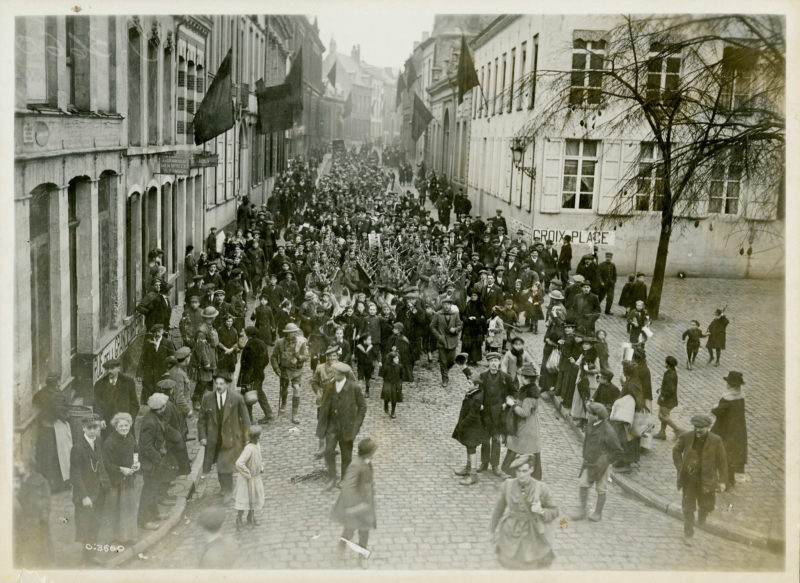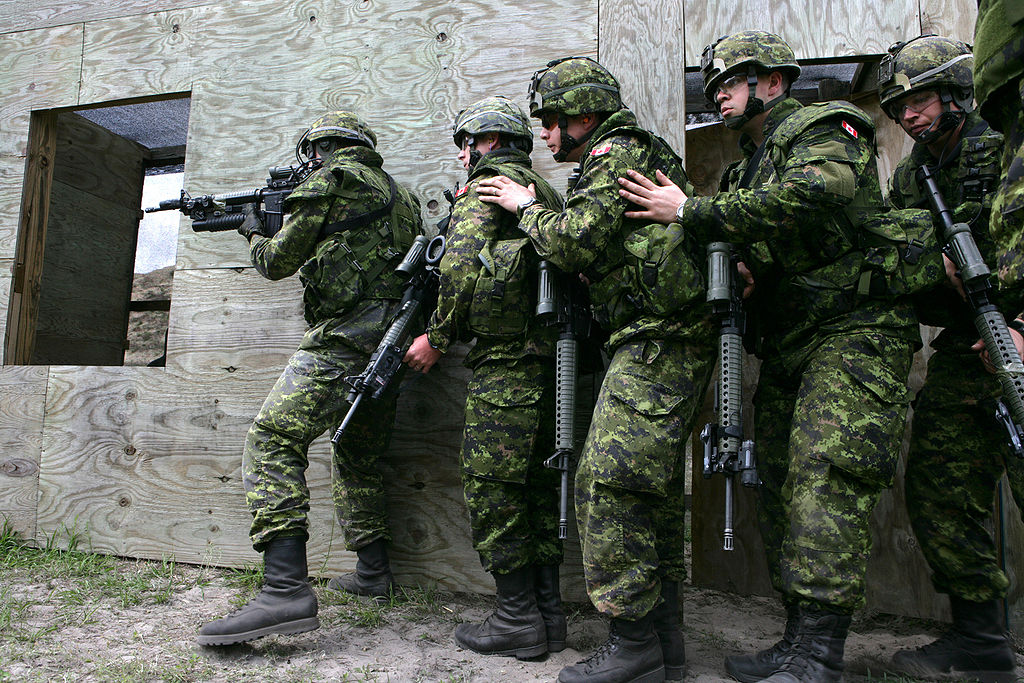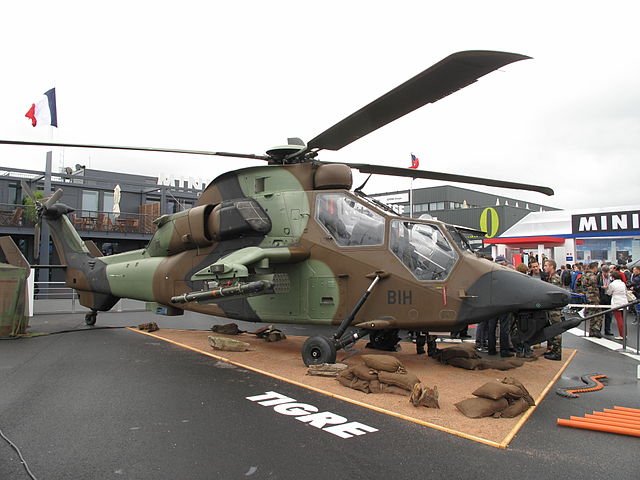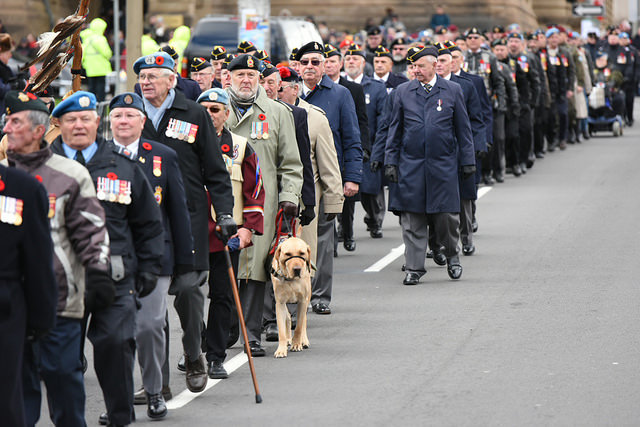Autumn 2018 marks the centenary of the end of the First World War. Commemorative events are planned for the last battles leading up to the Armistice that concluded the “War to End All Wars”. In a 2016 poll, only 52% of Canadians thought that their country was doing enough to mark the centenary of the First World War. Now, two years later, as the centenary draws to a close, the Canadian Armed Forces (CAF) and related government agencies are stepping up their commitment to remembrance.
Veterans Affairs Canada has a website dedicated to the anniversary of the Last Hundred Days. There is a huge list of events for the public to participate in. Regimental websites are publicizing lectures and museum events. Current troops are also participating in events, such as the military parade in Mons to celebrate the centenary of its liberation, on November 11th, 1918. CAF’s media outreach has also been filled recently with Tweets and posts about the First World War and ongoing commemorated events for the centenary of “Canada’s Hundred Days”.
The Hundred Days Offensive, from which the current efforts at commemoration derive their name, began on August 8th, 1918 with the very successful Battle of Amiens. General Ludendorff called it the “black day of the German army”. Over the next approximately 100 days, Allied forces pushed eastwards, regaining territory lost in the German spring offensive earlier that year. Canadians were consistently at the vanguard of operations, earning the title “shock troops”, and serving in battles such as the Canal du Nord, Cambrai and Valenciennes. For the Canadian Corps, the war ended on November 11th with the Battle of Mons, a symbolic victory where they liberated the Belgian city that saw the first action of the war by the British Expeditionary Force. Victory came at a high price, with the Canadian Corps losing 45,000 men killed, wounded or missing, nearly half of its fighting force. The key role played by the Canadians in these last battles led to the renaming of the operation by some as “Canada’s Hundred Days”.
Why do these commemorations matter?
Regimental histories are powerful sources of community and continuity between CAF members past and present. From members of the Lord Strathcona’s Horse staging a reenactment of the Battle of Moreuil Wood to cadets from the 21 Royal Highland Fusiliers standing vigil, the commemoration is a link with the past. The August burial of four Canadian First World War soldiers in the presence of their regiments is another poignant reminder of how past engagements continue to shape the CAF today.
The way that contemporary armies commemorate past victories and engagements is still highly relevant and political. Indeed, the Russian army’s 2015 commemorations of the 70th anniversary of the end of the Second World War caused a stir by ignoring the role played by their Allies. Some speculated that this was in part due to the increasing Russia-West tensions caused by the annexation of Crimea and the ongoing war in Eastern Ukraine.
What countries choose to remember, how they choose to remember it and who they choose to blame or praise are highly charged issues. In the realm of military history and commemoration, these decisions signal to allies and competitors alike the values and often capabilities of a nation’s defence institutions. Thus honest, clear-headed and respectful remembrance of Canada’s wartime past is key for our country now.
By actively remembering the Canadians who served in World War One, today’s CAF members are honouring their heritage and the legacy of those who came before them. During these centenary commemorations of the last weeks of the War, it is important to take this time to reflect on the CAF’s past, present and future role in maintaining peace around the world.
Featured Image:Canadians Marching into Mons: Led by a Highland band, likely from the 42nd Battalion, Canadians march through the streets of Mons on 11 November 1918 having fought their way into the city. Mons was a highly symbolic city to troops of the British Expeditionary Force, which had been pushed back from here in August 1914.George Metcalf Archival Collection CWM 19930065-434
Disclaimer: Any views or opinions expressed in articles are solely those of the
authors and do not necessarily represent the views of the NATO Association of
Canada.




